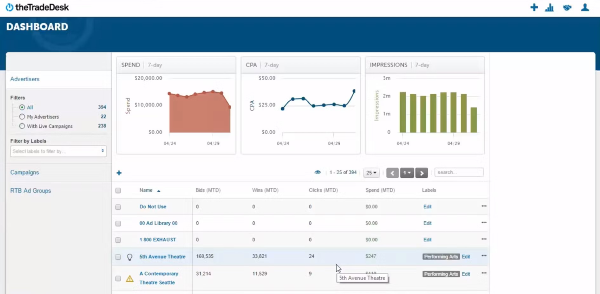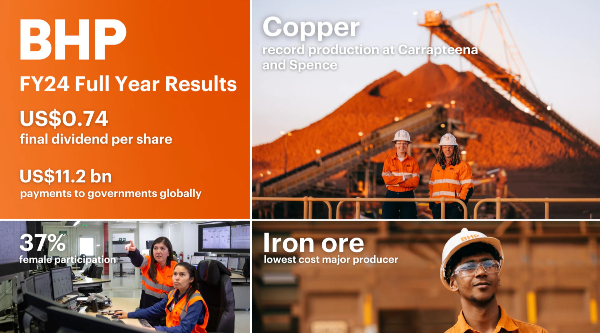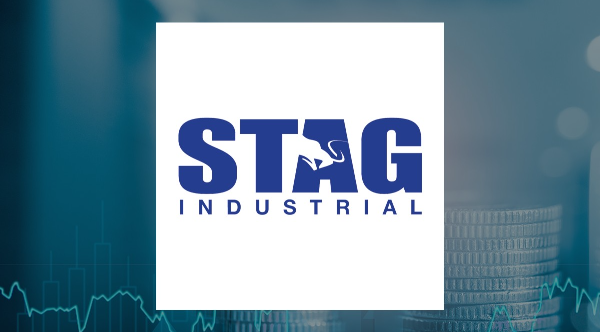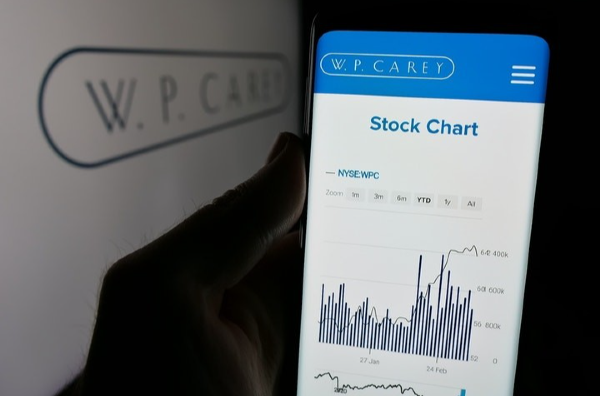Salesforce, Inc. (Ticker: CRM), a mega-cap technology company, stands as the 24th largest on the S&P 500 index, showcasing its significant impact on the U.S. economy. With a market capitalization of $34 billion, this tech giant commands attention from both investors and analysts. Let's dive into an in-depth analysis of its business model, financial performance, and investment potential.
Business Segments: Diversified Revenue Streams
Salesforce derives its revenue from several robust segments:
- Salesforce Platform & Other: 24%
- Service Cloud: 30%
- Sales Cloud: 28%
- Marketing & Commerce Cloud: 18%
This diversification indicates a balanced portfolio, with the Service Cloud and Sales Cloud acting as primary revenue drivers.
Revenue Growth: Solid Yet Slowing
The company has demonstrated remarkable growth over the years:
- 2015 Revenue: $5.3 billion
- 2024 Revenue: $34.8 billion
Growth rates are solid, averaging 24% over the past 10 years and 21% over the past 5 years. However, the growth trajectory has shown a slight decline, and projections for the next 3–5 years indicate a 9% annual growth rate. While this is still commendable, it reflects a natural slowdown for a mature mega-cap company.
Profitability: A Mixed Bag
- Margins: Gross margins remain stable at 75% (2024), highlighting operational efficiency.
- Net Profitability: Despite steady gross margins, net profit margins show inconsistency. Profits have fluctuated between single and double digits, with recent years hovering below 1%. This volatility may be attributed to infrastructure investments and increased spending.
Cash Flow & Debt: A Positive Outlook
Salesforce's free cash flow (FCF) paints a brighter picture:
- 2015 FCF: $757 million
- 2024 FCF: $9.4 billion
With a consistently low debt-to-free cash flow ratio (less than three years of FCF required to cover debt), Salesforce remains well-leveraged to withstand economic uncertainties.
Dividends: A New Player in the Game
2024 marks Salesforce's debut as a dividend-paying company, offering:
- Dividend Yield: 0.49% (quarterly payment of $0.40/share)
- Payout Ratio: A modest 21.5% of FCF
This conservative approach ensures sufficient room for future dividend increases, signaling potential long-term shareholder returns through payouts and share buybacks.
Valuation: Expensive at Current Levels
At a PE ratio of 52.46 and a trading price of $318/share, Salesforce appears overvalued. Our analysis estimates the intrinsic value at $276/share, presenting a potential 13.3% downside.
Conclusion: Is Salesforce a Buy?
Salesforce's strengths include diversified revenue streams, stable gross margins, and strong cash flow generation. However, inconsistent profitability and a lofty valuation suggest caution. Investors may want to wait for a more attractive entry point or monitor the company's efficiency improvements.
https://youtu.be/6cMCRcFwTzM?si=5qai9RSzMhu-qngF






























Salesforce, Inc. (Ticker: CRM), a mega-cap technology company, stands as the 24th largest on the S&P 500 index, showcasing its significant impact on the U.S. economy. With a market capitalization of $34 billion, this tech giant commands attention from both investors and analysts. Let's dive into an in-depth analysis of its business model, financial performance, and investment potential.
Business Segments: Diversified Revenue Streams
Salesforce derives its revenue from several robust segments:
This diversification indicates a balanced portfolio, with the Service Cloud and Sales Cloud acting as primary revenue drivers.
Revenue Growth: Solid Yet Slowing
The company has demonstrated remarkable growth over the years:
Growth rates are solid, averaging 24% over the past 10 years and 21% over the past 5 years. However, the growth trajectory has shown a slight decline, and projections for the next 3–5 years indicate a 9% annual growth rate. While this is still commendable, it reflects a natural slowdown for a mature mega-cap company.
Profitability: A Mixed Bag
Cash Flow & Debt: A Positive Outlook
Salesforce's free cash flow (FCF) paints a brighter picture:
With a consistently low debt-to-free cash flow ratio (less than three years of FCF required to cover debt), Salesforce remains well-leveraged to withstand economic uncertainties.
Dividends: A New Player in the Game
2024 marks Salesforce's debut as a dividend-paying company, offering:
This conservative approach ensures sufficient room for future dividend increases, signaling potential long-term shareholder returns through payouts and share buybacks.
Valuation: Expensive at Current Levels
At a PE ratio of 52.46 and a trading price of $318/share, Salesforce appears overvalued. Our analysis estimates the intrinsic value at $276/share, presenting a potential 13.3% downside.
Conclusion: Is Salesforce a Buy?
Salesforce's strengths include diversified revenue streams, stable gross margins, and strong cash flow generation. However, inconsistent profitability and a lofty valuation suggest caution. Investors may want to wait for a more attractive entry point or monitor the company's efficiency improvements.
https://youtu.be/6cMCRcFwTzM?si=5qai9RSzMhu-qngF